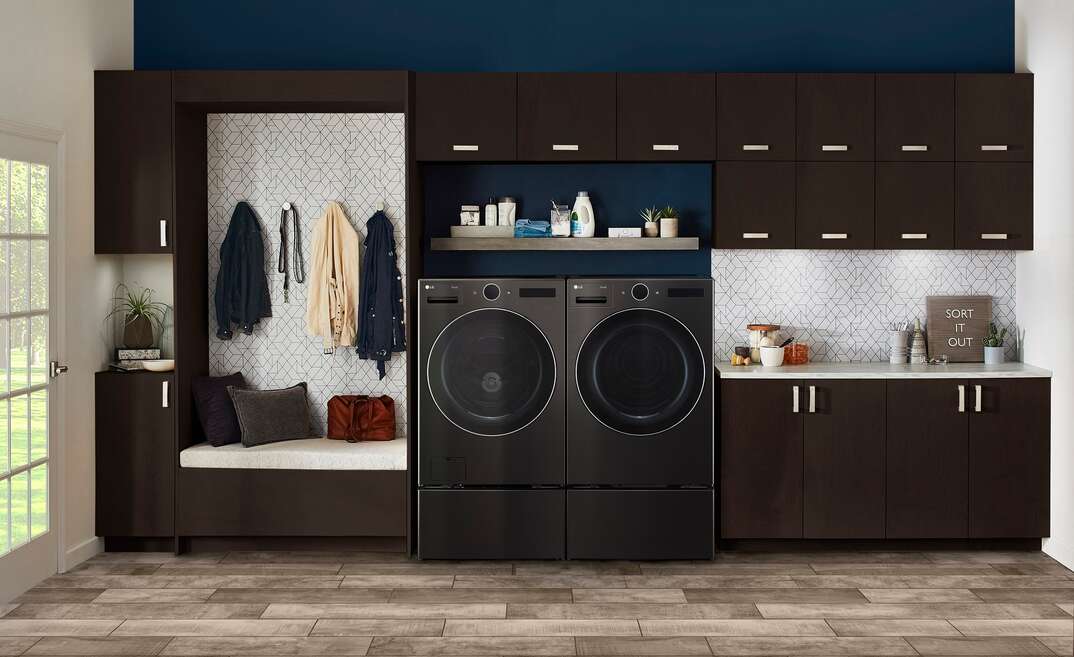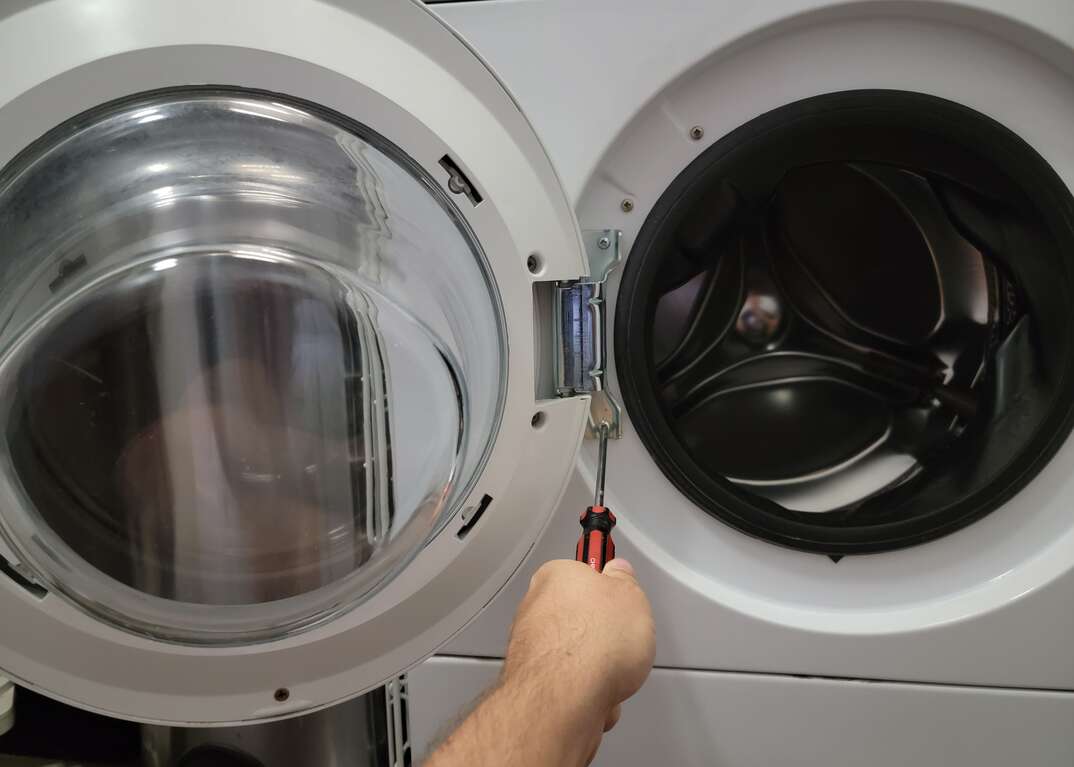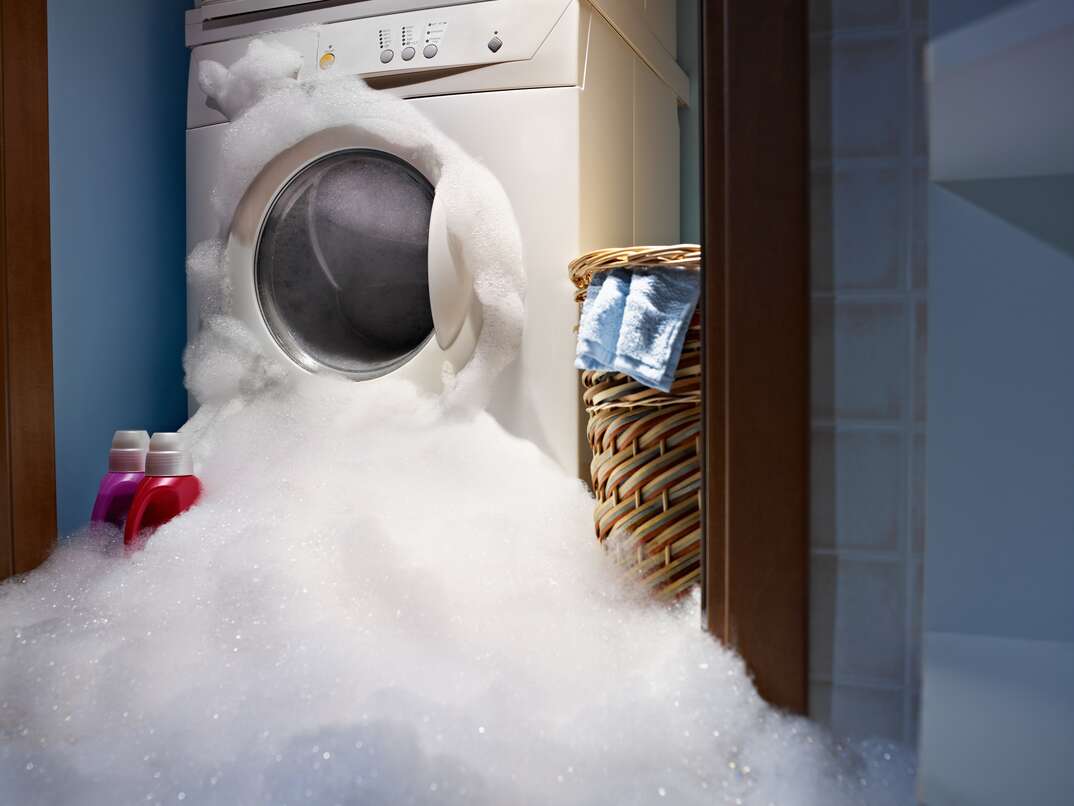Introduction
The water inlet valve plays a critical role in the operation of a washing machine, controlling the flow of water into the appliance during various cycles. This valve ensures that the appropriate amount of water enters the machine to properly wash and rinse clothes. In this comprehensive guide, we will explore the function, components, and importance of the water inlet valve on a washing machine. By understanding its operation, you can troubleshoot and address issues related to water flow, ensuring optimal performance and efficient laundry cycles.

What is water inlet valve on washing machine?
I. The Role of the Water Inlet Valve
-
Water Supply Connection:
- The water inlet valve is responsible for connecting the washing machine to the water supply. It serves as the entry point for hot and cold water to flow into the machine during different cycles.
-
Water Flow Control:
- The primary function of the water inlet valve is to control the flow of water into the washing machine. It opens and closes as directed by the machine’s controls, allowing water to enter the appropriate compartments or tub of the machine.
-
Cycle-Specific Water Distribution:
- The water inlet valve ensures that the correct amount of water flows into the machine based on the selected cycle. Different cycles, such as normal, delicate, or heavy-duty, require varying water levels to accommodate the specific laundry load.

II. Components of the Water Inlet Valve
-
Solenoids:
- The water inlet valve consists of separate solenoids for the hot and cold water supply. Solenoids are electromechanical devices that use electricity to control the opening and closing of valves. They are connected to the machine’s controls and respond to commands regarding the water flow.
-
Inlet Ports:
- Each solenoid has a corresponding inlet port through which the hot or cold water enters the washing machine. These ports are typically labeled on the valve to ensure proper connection to the corresponding water supply lines.
-
Diaphragm or Disc:
- The water inlet valve contains a diaphragm or disc that opens and closes in response to signals from the machine’s controls. When energized, the solenoid lifts the diaphragm or disc, allowing water to flow into the machine. When de-energized, the diaphragm or disc closes, stopping the water flow.
III. Water Inlet Valve Operation
-
Timing and Signal:
- The timing and opening of the water inlet valve are controlled by signals sent from the washing machine’s electronic controls. These signals inform the valve when and how much water to allow into the machine during a particular cycle.
-
Combination of Hot and Cold Water:
- Depending on the selected cycle, the water inlet valve may open both the hot and cold water solenoids simultaneously or independently, allowing a mixture of water at the desired temperature to enter the machine.
-
Automatic Shut-Off:
- Once the desired water level is reached, the water inlet valve receives a signal to close, preventing any further water from entering the machine. This automatic shut-off feature helps prevent overfilling and ensures optimal water usage.

IV. Common Water Inlet Valve Issues
-
Mineral Deposits and Sediment:
- Over time, mineral deposits and sediment can accumulate within the water inlet valve, obstructing the flow of water or preventing it from closing properly. These deposits are more likely to occur in areas with hard water.
-
Valve Screen Clogging:
- The water inlet valve often includes a screen or filter at the point where the water supply hoses connect. This screen can become clogged with debris, leading to reduced water flow. Regular cleaning and maintenance of the valve screen are essential to prevent such issues.
-
Valve Failure:
- With prolonged use, the water inlet valve may experience mechanical failure or electrical issues. Solenoids can deteriorate, preventing the valve from opening or closing correctly. In such cases, the entire valve assembly may need to be replaced.
V. Troubleshooting Water Inlet Valve Issues
-
Inspecting and Cleaning the Valve:
- Regularly inspect the water inlet valve for any signs of mineral deposits, sediment, or debris. If necessary, clean the valve and its components following the manufacturer’s instructions. A soft brush and vinegar solution can help remove built-up deposits and restore water flow.
-
Valve Screen Maintenance:
- Regularly inspect and clean the valve screen, removing any debris or sediment that has accumulated. Rinse the screen under running water to ensure it is free from any blockages. This process helps maintain optimal water flow into the machine.
-
Solenoid Testing:
- If the washing machine is not filling with water or is overfilling, testing the solenoids using a multimeter can help determine if they are functioning correctly. If a solenoid is found to be faulty or not receiving power, replacement may be necessary.

VI. Seeking Professional Assistance
-
Manufacturers’ Recommendations:
- If troubleshooting steps do not resolve the issue, referring to the washing machine’s user manual or the manufacturer’s website can provide additional guidance or specific recommendations for further action.
-
Professional Repair Service:
- For complex water inlet valve issues or if replacement is required, seeking professional repair service is advised. A certified technician can diagnose the problem accurately, recommend the appropriate solution, and perform necessary repairs or valve replacements.
VIII. Safety Considerations and Precautions
-
Safety First:
- Before attempting any maintenance or repairs on the water inlet valve, ensure the washing machine is unplugged and disconnected from the power source. This precautionary measure reduces the risk of electrical shock.
-
Shutting Off the Water Supply:
- Before working on the water inlet valve, shut off the water supply to the washing machine by closing the respective hot and cold water valves. This step prevents any accidental water flow while working on the valve.
-
Proper Tools and Equipment:
- Use the appropriate tools and equipment when inspecting or performing maintenance on the water inlet valve. This ensures safe and accurate handling of valve components and minimizes the risk of damage or injury.
-
Manufacturer’s Guidelines:
- Always follow the manufacturer’s guidelines for troubleshooting, cleaning, and maintenance of the water inlet valve. Consult the user manual or refer to the manufacturer’s website for specific instructions and recommendations.
IX. Regular Maintenance Practices
-
Cleaning the Valve Screens:
- Regularly clean the screens or filters located at the connection points of the water inlet valve. This preventive measure helps prevent debris or sediment buildup, ensuring optimal water flow into the washing machine.
-
Periodic Inspections:
- Conduct periodic inspections of the water inlet valve, including the solenoids and diaphragm or disc. Look for signs of wear, corrosion, or other damage. Promptly address any issues to maintain the valve’s functionality.
-
Water Quality Considerations:
- Monitor the quality of the water supplied to the washing machine. If you live in an area with hard water, installing a water softening system or using water softening agents can help prevent mineral deposits and reduce the likelihood of valve clogging.
Does mold grow on washing machine water inlet valves?
Mold can potentially grow on washing machine water inlet valves if there is a favorable environment for mold growth, such as moisture and organic material. Water inlet valves can provide a damp environment if there are leaks or if the valves are not properly sealed. Additionally, if there is any residue or buildup present in the water supply, it can contribute to mold growth on the valves. Regular cleaning and maintenance of the washing machine, including inspecting and cleaning the water inlet valves, can help prevent mold growth in these areas.

VII. Conclusion: Ensuring Proper Water Flow
Understanding the function and components of the water inlet valve in a washing machine is crucial for ensuring optimal water flow during each cycle. Regular inspection, cleaning, and maintenance of the valve and its components help prevent issues related to mineral deposits, clogging, and mechanical failures.
By troubleshooting common water inlet valve problems and performing necessary repairs or replacements, you can restore the proper water flow into your washing machine. Maintaining a well-functioning water inlet valve enhances the washing machine’s efficiency, allowing for effective cleaning and rinsing of clothes while prolonging the lifespan of the machine.
Remember to always follow the manufacturer’s guidelines for maintenance and seek professional assistance when needed. By addressing water inlet valve issues promptly and effectively, you can ensure that your washing machine operates optimally, providing you with clean and fresh laundry for years to come.

